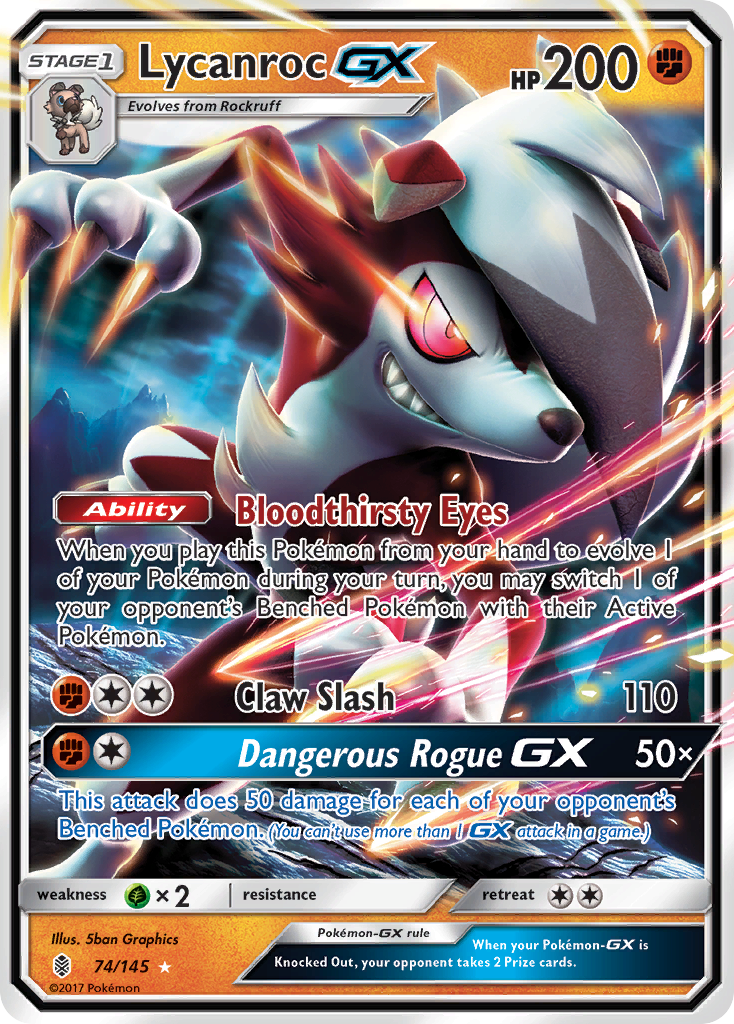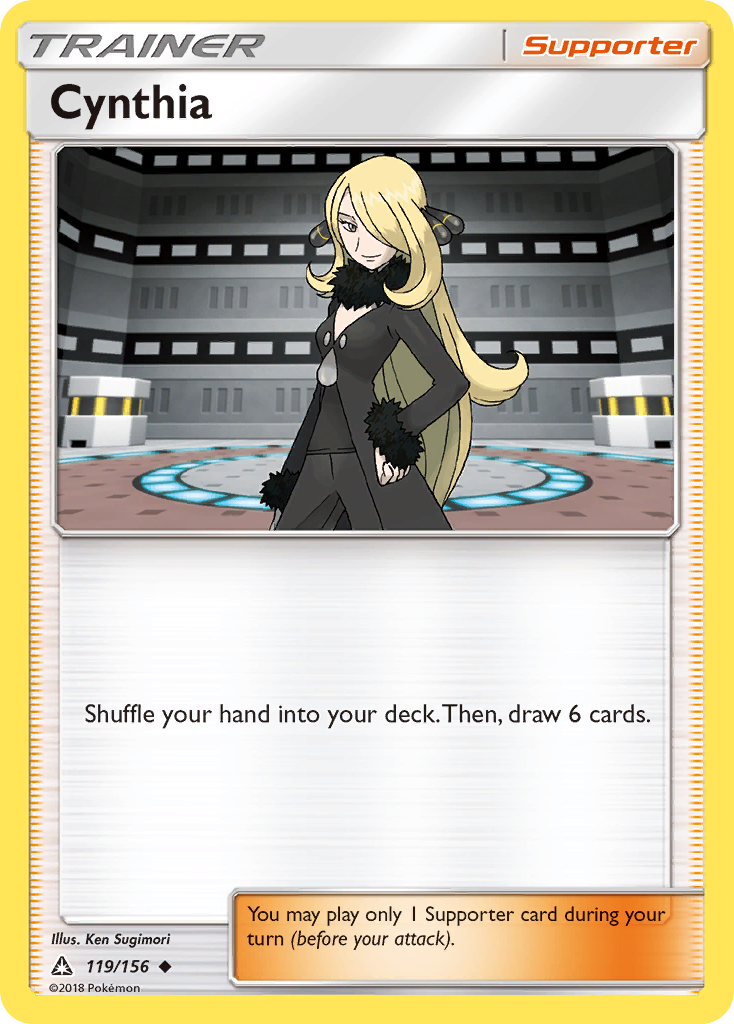Blue Steel — Alolan Dugtrio and Glaceon-GX for Collinsville
A new set is shaking up our format, and I, for one, am welcoming the expected changes in both our Standard and Expanded tournaments. Even though there is still Oceania Internationals in the current format, I have grown tired of it. Zoroark-GX / Lycanroc-GX has pretty much dominated as the BDIF. The incredible consistency from multiple Trades per turn paired with the control from Bloodthirsty Eyes gives skilled players the reigns to the board. Most opposing decks are either outpaced or just beat down. Ultra Prism is set to deliver a brand-new Standard and Expanded meta with Cynthia added as a draw Supporter, the overwhelming new Metal support, and overpowered attacks like Total Command.
To start off this article, I want to discuss how to approach deck design in an unexpected meta. The potential of most of the cards are obvious to most players with any competitive experience. However, it does not mean that players will build around these cards correctly. When I build a new, competitive deck in a new format, I try to adhere to the following guidelines:
Ahmed's Step-by-Step Guide to Building A New Meta Deck
1. Be mindful of the meta before the change.
The meta of the last set heavily influences the meta of the next set, especially when we have such a large player base like we do now. A lot of players just want to play it safe and stick to what they know, so big decks like Zoroark-GX / Lycanroc-GX, Gardevoir-GX, Vikavolt / Tapu Bulu-GX and Volcanion-EX are sure to make an appearance in the first Regional of the format.
2. Believe the hype.
You’ll want to believe the hype at first, not only to construct decks with the hyped cards, but to plan against them as well. The hyped cards of the set are bound to be played, even if they test poorly. In this set, I’ve heard the most noise about Glaceon-GX variants, Leafeon-GX / Decidueye-GX, and Dusk Mane Necrozma-GX / Magnezone. Plan to beat these decks while formulating your list, but also try to be creative with them; they are hyped for a reason.
3. Look to older formats for guidance.
Most of the text on the cards in new sets has already been printed in a previous set. If that text has not been useful before, investigate why. For instance, VS Seeker when it was first printed was not at all prevalent. That is because most of the Supporters were search and draw Supporters, and had no utility like Lysandre or Acerola. This meant repeated use was not as valuable, and the space was prioritized to have an effective turn one Supporter instead of the mid-game consistency boost.
The opposite is true as well: Darkrai-EX’s Night Spear won multiple Regionals, whereas the more cost-effective Shadow Bullet on Umbreon-GX has been irrelevant since its introduction into the game. There are several reasons for that observation, but the most important one is Dark Patch. Even though Shadow Bullet is one attachment faster, it is still a turn behind a Dark-Patch-fueled Night Spear.
4. When fine-tuning, take it slow.
The staples in every deck -- Professor Sycamore, N, and Guzma -- are staples because they are the most influential cards in the format. The reincarnation of Professor Oak's New Theory has been touted as the ultimate N replacement. I feel this is a complete overreaction and oversimplification of N. The primary utility of N is not a shuffle draw effect, but hand disruption. That hand disruption has been making or breaking games since the card came out. N should definitely be played as a four-of in every deck until it rotates.
5. Test against real people.
This is probably the most important guideline on the list. Theory crafting can only take you so far. You can day dream all day about the card combinations that you want to play, but nothing beats building the 60-card deck and trying to beat an established deck with it before you take it to any level of tournament. This seems like an obvious statement, but it needs to be reinforced.
6. Know when to give up.
Sometimes the card is not nearly as good as you think it is. Last year when Salazzle came out, I tried it with everything that seemed like it would be remotely viable with, from Garbodor to Sceptile-EX. At first it was difficult for me to accept the incompatibility of a Stage 1 damage booster, when Crobat was so influential in the past; but with the HP/damage power creep combined with the popularity of Garbodor, Salazzle is just unviable.
Following the above guidelines, I have tinkered with my two favorite concepts from the new set and created Alolan Dugtrio and Glaceon-GX / Alolan Ninetales-GX. These decks have two different play styles, but they can both take a big spot in the meta.
Alolan Dugtrio
When I brought up the idea of Alolan Dugtrio to my testing group, they immediately dismissed it because of how gimmicky the attack sounds. But after following my dreams and building it anyway, I found this concept to be worth testing. Gold Rush’s potential is dependent on how consistently it can pull out basic Metal Energy from the deck and recycle them from the discard. In Standard, there are numerous options already, and then TPCi printed another Energy retrieval card in the form of Mt. Coronet. The difficulty in building this deck came from knowing which Energy search/recovery options to use. Initially, I thought revolving my strategy around only Fisherman and Mt. Coronet with a thick Zoroark-GX line would be adequate to win games, but that build had too many problems to address. Eventually I got to this list:
This concludes the public portion of this article.
If you'd like to continue reading, consider purchasing a PokeBeach premium membership! If you're not completely satisfied with your membership, you can request a full refund within 30 days.
Each week we post high-quality content from some of the game's top players. Our article program isn't a corporate operation, advertising front, or for-profit business. We set our prices so that we can pay the game's top players to write the best content for our subscribers. Each article topic is carefully selected, goes through multiple drafts, and is touched up by our editors. We take great pride in our program!



